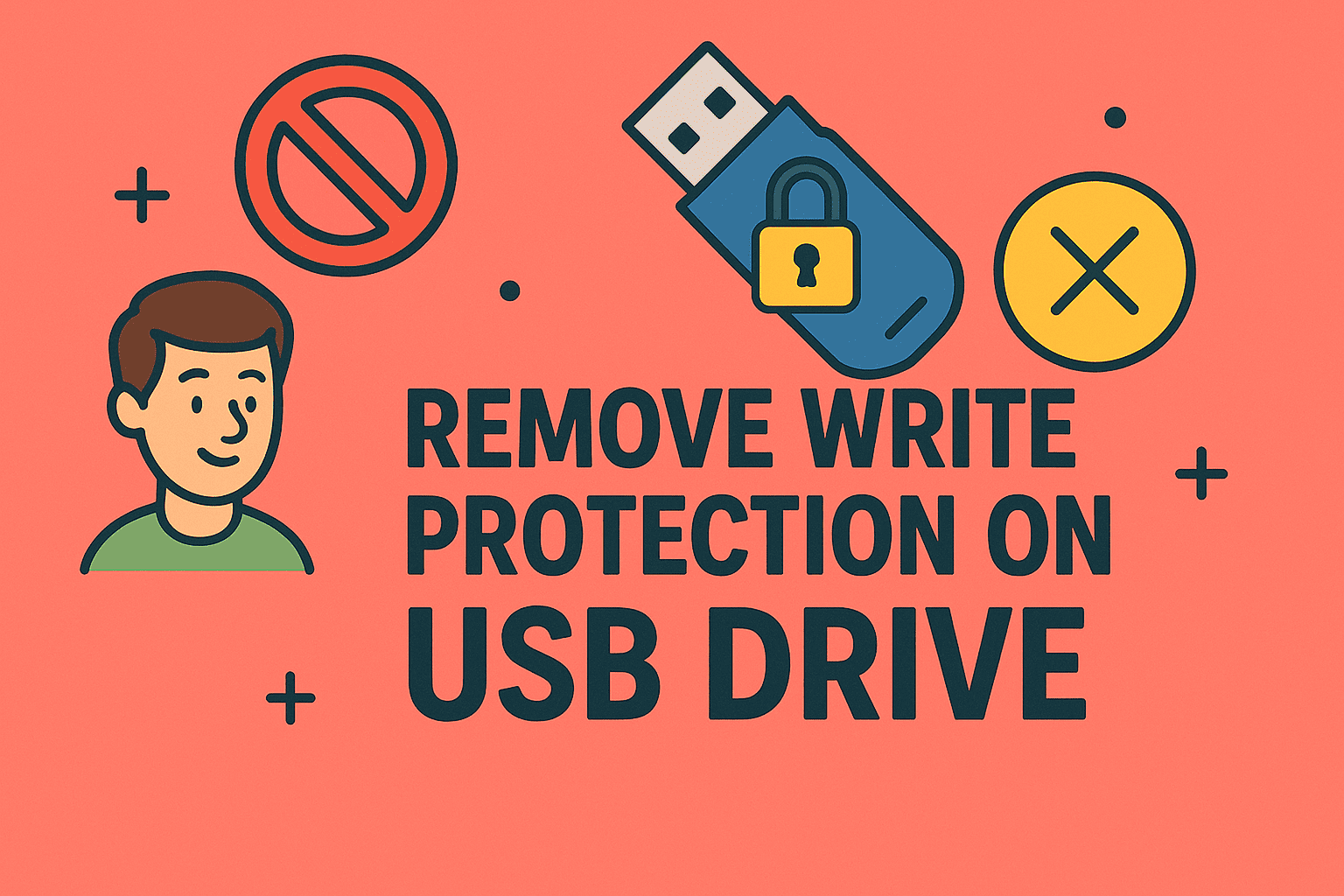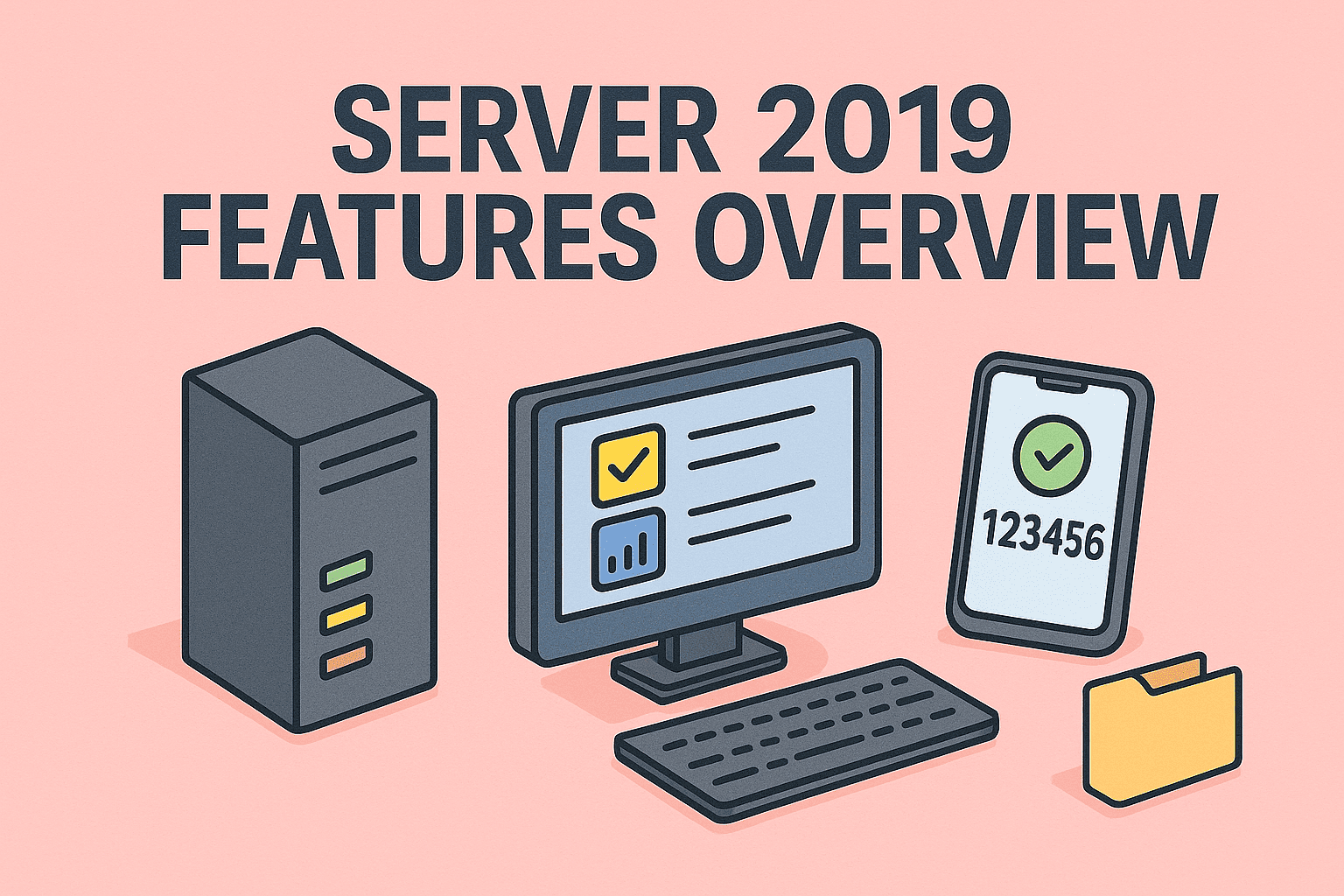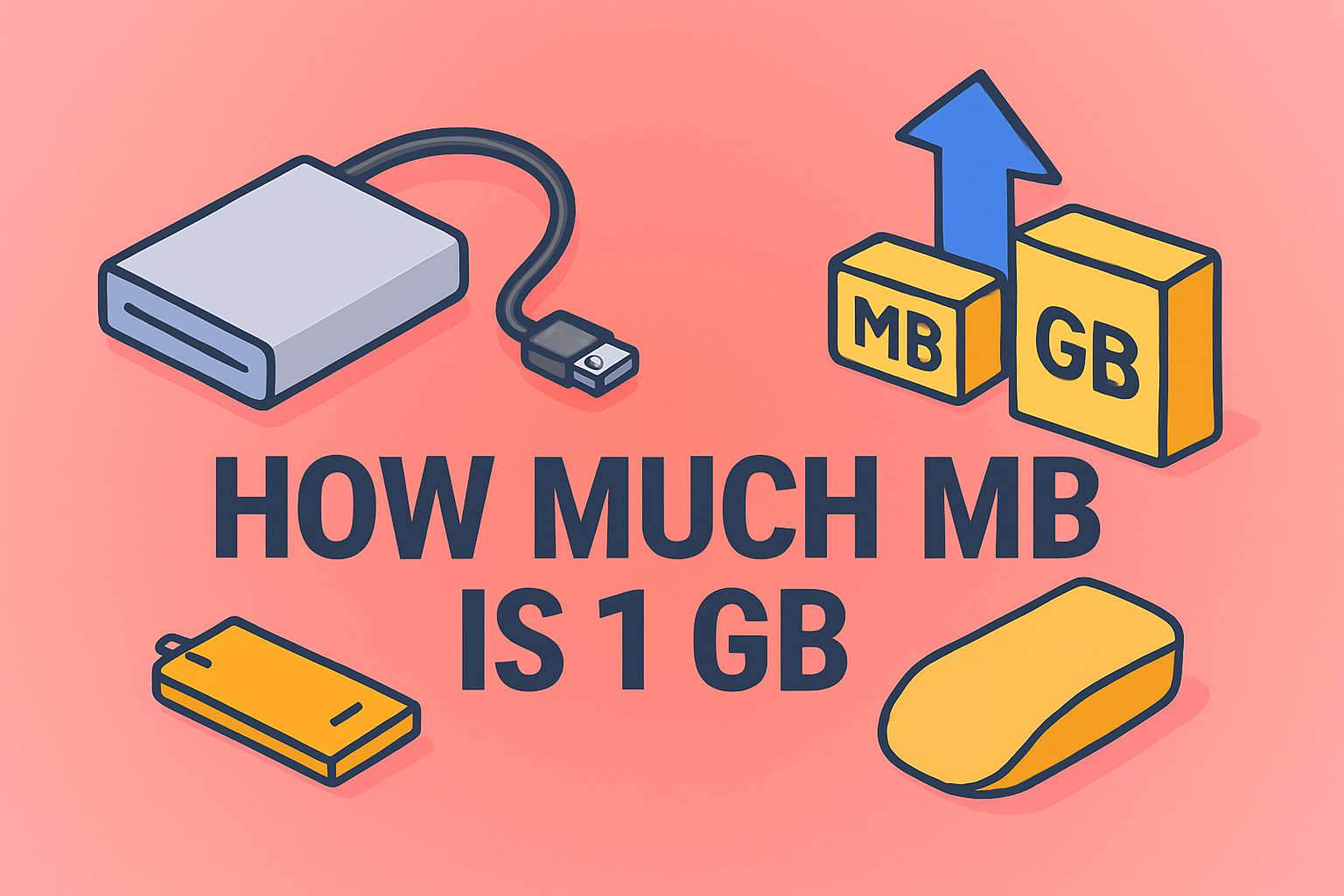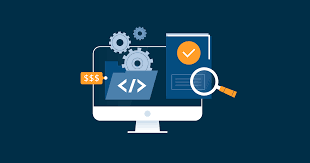Managing Apps on Your Chromebook for Better Performance
Updated on November 17, 2025, by ITarian

Ever tried uninstalling an app and wondered why your Chromebook storage still feels cluttered? You’re not alone. Understanding how to delete apps on Chromebook is essential—especially for IT managers, cybersecurity teams, and business leaders aiming to maintain clean, secure, and high-performing devices across their organization.
Whether you’re troubleshooting performance issues, removing unnecessary tools, or optimizing devices for employee productivity, deleting apps properly can make a major difference. In this guide, you’ll learn not only how to delete apps on Chromebook but also why doing it the right way matters—particularly for performance, privacy, and overall security.
What Makes Chromebook App Management Unique?
Chromebooks function differently than Windows or macOS devices. Since they rely heavily on cloud architecture and sandboxed environments, app removal behaves differently too. ChromeOS supports:
-
Android Apps (via Google Play Store)
-
Linux apps (for development workflows)
-
Chrome Extensions
-
Web Apps (PWAs)
-
System Apps you can’t fully remove
Knowing the type of app you’re dealing with determines how you uninstall it—and whether data is fully removed.
Before we explore how to delete apps on Chromebook, let’s quickly look at why this matters for enterprise users.
Why IT Leaders and Cybersecurity Pros Care About App Removal
-
Reduces attack surface by removing unused or vulnerable apps
-
Prevents unauthorized software from lingering
-
Optimizes device performance for remote workers
-
Helps comply with company security policies
-
Supports streamlined device hygiene and endpoint security efforts
How to Delete Apps on Chromebook (All Methods Explained)
Let’s break down every reliable method you can use, whether you’re deleting Android apps, Chrome extensions, Linux apps, or system utilities.
1. How to Delete Apps on Chromebook Using the Launcher
This is the easiest and most common way to remove Android or ChromeOS apps installed from the Play Store.
Steps:
-
Click the Launcher (circle icon) at the bottom-left corner.
-
Choose the Up Arrow to expand all apps.
-
Right-click on the app you want to delete.
-
Select Uninstall or Remove from Chrome.
-
Click Confirm when prompted.
When to Use This Method
-
Deleting Play Store apps
-
Removing default ChromeOS apps that allow uninstallation
-
Clearing unused apps to improve device performance
This method works for most apps, but not all. Some apps require deeper removal steps explained below.
2. How to Delete Apps on Chromebook Through Google Play Store
If you’re removing Android applications, the Play Store offers another clean and reliable method.
Steps:
-
Open Google Play Store on your Chromebook.
-
Click your Profile Icon (top-right).
-
Select Manage apps & devices.
-
Go to Manage.
-
Check the app(s) you want to delete.
-
Click the Trash Bin icon to uninstall.
Why IT Teams Prefer This Method
-
Ensures the app’s residual data is deleted
-
Allows bulk uninstalling
-
Works even when the app is hidden in launcher
This technique is especially helpful when cleaning up after testing Android apps.
3. Removing Chrome Extensions Completely
Chrome extensions can drain memory, pose security risks, and sometimes run in the background even after disabling them.
Steps to Delete Chrome Extensions:
-
Open Google Chrome.
-
Select the three-dot menu (top-right).
-
Choose Extensions > Manage Extensions.
-
Find the extension you want to remove.
-
Click Remove.
-
Confirm deletion.
Security Tip
Extensions are a major cybersecurity threat vector.
Removing unused ones reduces:
-
Background data access
-
Permission abuse
-
Browser vulnerabilities
4. How to Remove Linux Apps on Chromebook
For developers or power users who run Linux tools, uninstalling requires a few extra steps.
Method A: Using the Linux Terminal
-
Open Terminal on your Chromebook.
-
Type the command:
-
Press Enter.
-
To remove configuration files too:
Method B: Using Linux Settings
-
Go to Settings.
-
Select Developers.
-
Click Linux (Beta).
-
Choose the app you want to remove (if listed).
When This Applies
-
Removing code editors
-
Database clients
-
Security tools
-
Developer software
5. What You Can and Cannot Delete (System Apps)
Some built-in apps—like Files, Chrome Browser, or Settings—cannot be fully uninstalled.
But you can:
-
Disable them
-
Block them for managed devices via admin console
-
Remove updates
-
Hide them from launcher
For Managed Enterprise Devices (IT Admins)
Using the Google Admin Console, you can:
-
Force-remove apps
-
Prevent users from installing them again
-
Restrict app usage by policy
Other Ways to Manage App Storage on Chromebook
Deleting apps is only part of storage optimization. ChromeOS provides several additional ways to make your device run faster and cleaner.
Using the Files App to Clear App Data
Some apps store cached files that remain even after deletion.
Steps:
-
Open Files.
-
Select Downloads, Linux Files, or Play Files.
-
Manually remove leftover folders for deleted apps.
Clear Play Store Storage
-
Go to Settings.
-
Select Apps.
-
Choose Google Play Store.
-
Click Clear Data.
This resets cached data from previously installed Android apps.
Powerwash (Factory Reset)
If your device is still slow, a Powerwash wipes everything clean.
Use only when:
-
Exiting a company
-
Returning a loaner device
-
Preparing devices for new employees
Best Practices for Businesses & IT Leaders
Device hygiene matters—especially when deploying and managing multiple Chromebooks across business environments.
1. Maintain a Standard App List
Limit what employees can install.
2. Use Admin Policies
Push security-approved apps while blocking risky ones.
3. Perform Regular Cleanup Cycles
Set quarterly or monthly device maintenance periods.
4. Educate Employees
Teach users how to delete apps on Chromebook properly to avoid clutter and performance issues.
5. Monitor Extensions Carefully
Many malicious attacks begin with compromised browser extensions.
Troubleshooting Issues When Deleting Apps on Chromebook
Even simple tasks can hit roadblocks. Here are common issues and fixes.
1. The Uninstall Button Is Greyed Out
This usually means:
-
It’s a system app
-
It was installed by your organization
-
Admin policies restrict removal
Fix:
Check Admin Console policies or confirm device management status.
2. Can’t Delete Android Apps
Clear Play Store data, then retry uninstalling.
3. Chrome Extensions Keep Reappearing
This means:
-
The device is enrolled
-
An admin is pushing the extension
-
Sync settings are re-downloading it
Fix:
Disable Sync or update Admin Console policies.
4. Removed App Still Appears in Launcher
Refresh ChromeOS:
-
Restart the Chromebook
-
Clear local launcher cache
FAQs About How to Delete Apps on Chromebook
1. Why can’t I delete some pre-installed apps on Chromebook?
System apps are built into ChromeOS and can’t be removed. However, you can disable or hide them.
2. Do deleted apps leave behind data?
In some cases, yes. Android and Linux apps may leave folders behind. Manually delete these from the Files app.
3. How do I delete apps on a school or work Chromebook?
If it’s a managed device, app removal may be blocked. Contact your IT administrator.
4. Can I uninstall Chrome from a Chromebook?
No. Chrome is a core component of ChromeOS and cannot be removed.
5. Does deleting apps improve Chromebook speed?
Yes. Removing unused apps reduces memory usage, storage consumption, and background processes.
Final Thoughts
Learning how to delete apps on Chromebook is crucial for maintaining security, performance, and productivity—especially in environments where multiple devices are managed across teams or departments. Removing unnecessary apps not only frees up storage but also reduces potential vulnerabilities, improves device hygiene, and keeps your Chromebook running efficiently.
If you’re ready to strengthen device hygiene, secure endpoints, and streamline IT operations, modernizing your device management strategy is the next logical step. You can explore powerful endpoint management capabilities directly through the Itarian platform to get started.














